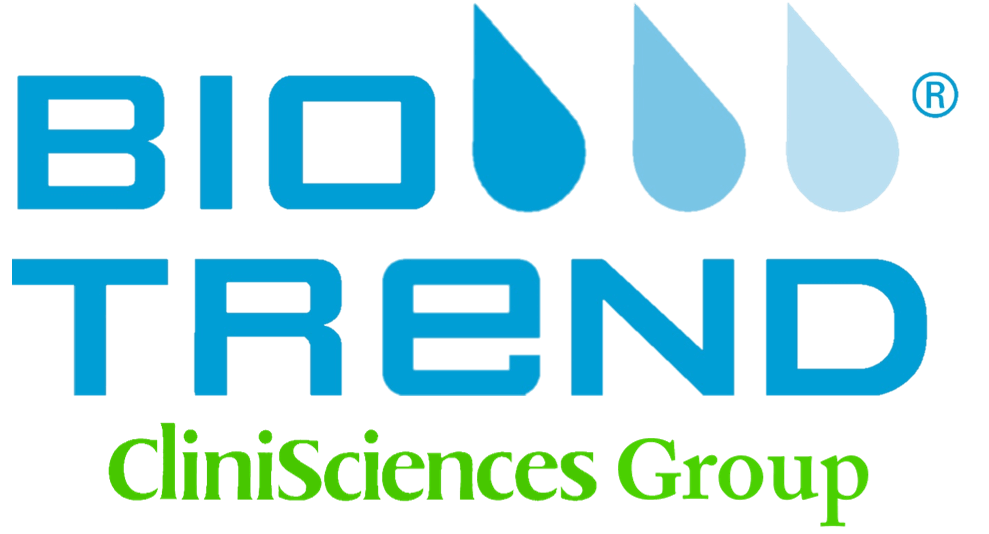Chloramphenicol [56-75-7]
Cat# HY-B0239-5g
Size : 5g
Brand : MedChemExpress
| Description |
Chloramphenicol is an orally active, potent and broad-spectrum antibiotic. Chloramphenicol shows antibacterial activity. Chloramphenicol represses the oxygen-labile transcription factor and hypoxia inducible factor-1 alpha (HIF-1α) in hypoxic A549 and H1299 cells. Chloramphenicol suppresses the mRNA levels of vascular endothelial growth factor (VEGF) and glucose transporter 1, eventually decreasing VEGF release. Chloramphenicol can be used for anaerobic infections and lung cancer research[1][2][3]. |
||||||||||||||||||||||||
|---|---|---|---|---|---|---|---|---|---|---|---|---|---|---|---|---|---|---|---|---|---|---|---|---|---|
| IC50 & Target |
|
||||||||||||||||||||||||
| In Vitro |
Chloramphenicol (1-100 μg/mL, 18-24 h) inhibits the HIF-1α pathway in NSCLC cells in a concentration-dependent manner[1]. MedChemExpress (MCE) has not independently confirmed the accuracy of these methods. They are for reference only. Cell Viability Assay[1]
Western Blot Analysis[1]
Western Blot Analysis[1]
|
||||||||||||||||||||||||
| In Vivo |
Chloramphenicol (0-3500 mg/kg, Gavage, daily, for 5 days) decreases erythrocytes and erythrocyte precursors and reduces marrow erythroid cells were at day 1 post-dosing, and returns to normal by 14 days post-dosing[4]. MedChemExpress (MCE) has not independently confirmed the accuracy of these methods. They are for reference only.
|
||||||||||||||||||||||||
| Molecular Weight |
323.13 |
||||||||||||||||||||||||
| Formula |
C11H12Cl2N2O5 |
||||||||||||||||||||||||
| CAS No. | |||||||||||||||||||||||||
| Appearance |
Solid |
||||||||||||||||||||||||
| Color |
White to off-white |
||||||||||||||||||||||||
| SMILES |
O=C(N[C@H](CO)[C@H](O)C1=CC=C([N+]([O-])=O)C=C1)C(Cl)Cl |
||||||||||||||||||||||||
| Structure Classification | |||||||||||||||||||||||||
| Initial Source | |||||||||||||||||||||||||
| Shipping | Room temperature in continental US; may vary elsewhere. |
||||||||||||||||||||||||
| Storage |
*The compound is unstable in solutions, freshly prepared is recommended. |
||||||||||||||||||||||||
| Solvent & Solubility |
In Vitro:
DMSO : ≥ 150 mg/mL (464.21 mM; Hygroscopic DMSO has a significant impact on the solubility of product, please use newly opened DMSO) Ethanol : 100 mg/mL (309.47 mM; Need ultrasonic) H2O : 3.06 mg/mL (9.47 mM; Need ultrasonic) *"≥" means soluble, but saturation unknown. Preparing
Stock Solutions
View the Complete Stock Solution Preparation Table
* Please refer to the solubility information to select the appropriate solvent. The compound is unstable in solutions, freshly prepared is recommended. * Note: If you choose water as the stock solution, please dilute it to the working solution, then filter and sterilize it with a 0.22 μm filter before use. Select the appropriate dissolution method based on your experimental animal and administration route.
For the following dissolution methods, please ensure to first prepare a clear stock solution using an In Vitro approach and then sequentially add co-solvents:
For the following dissolution methods, please prepare the working solution directly.
It is recommended to prepare fresh solutions and use them promptly within a short period of time.
|
||||||||||||||||||||||||
| Purity & Documentation | |||||||||||||||||||||||||
| References |
|


